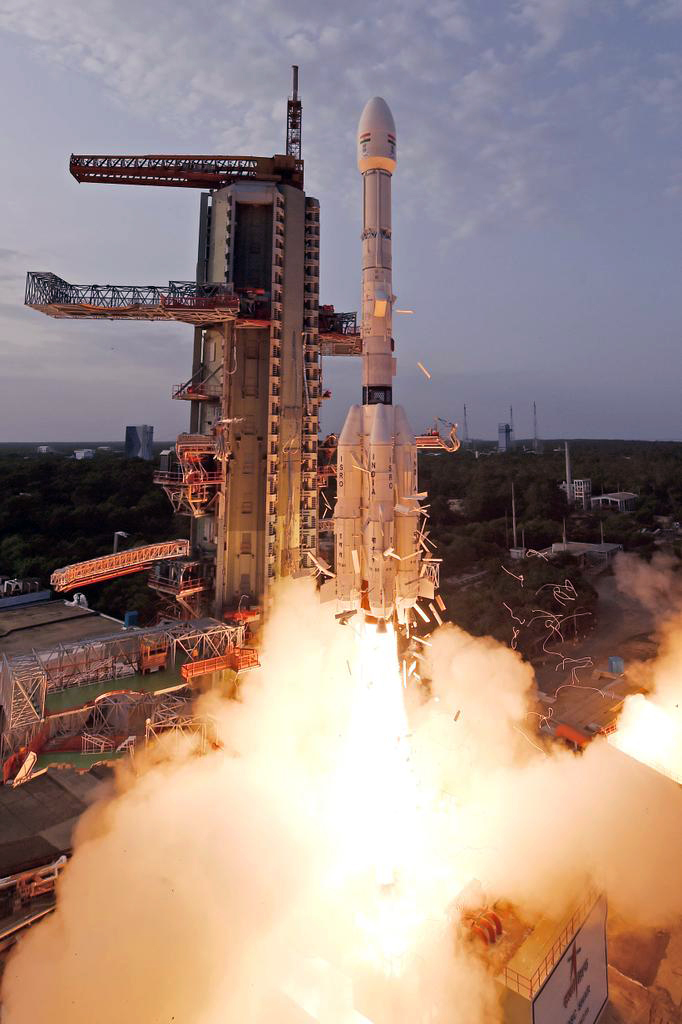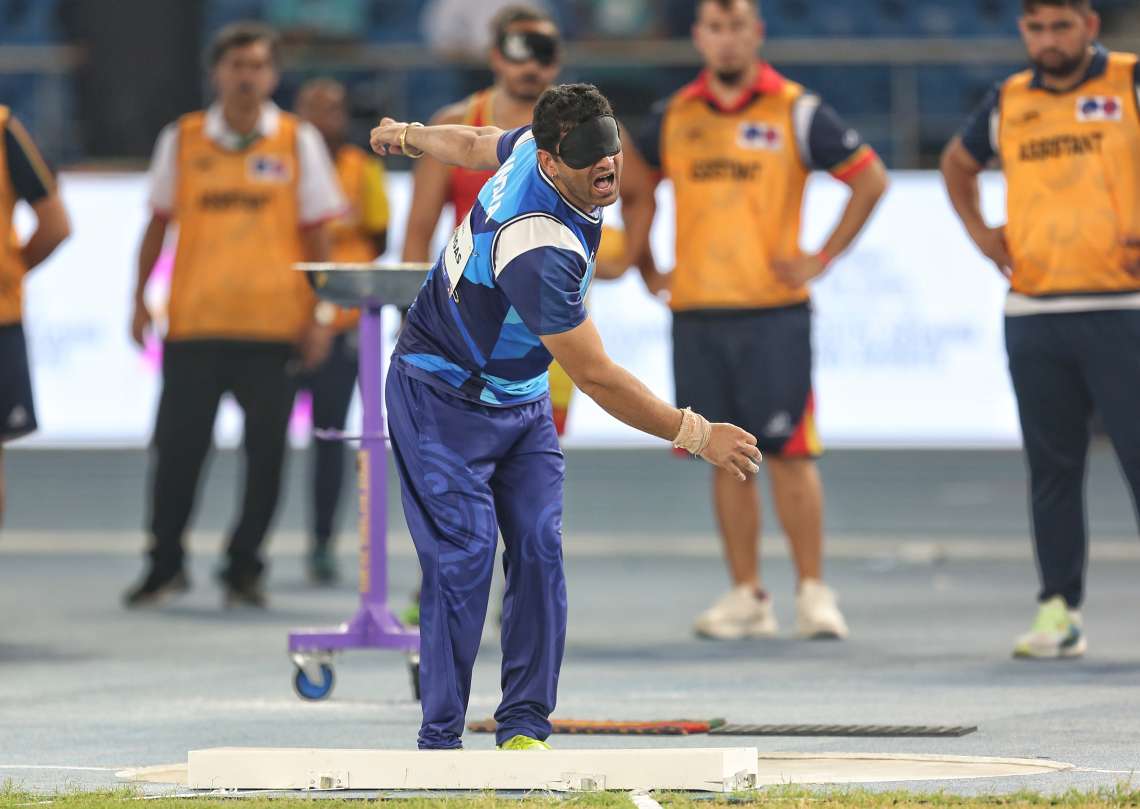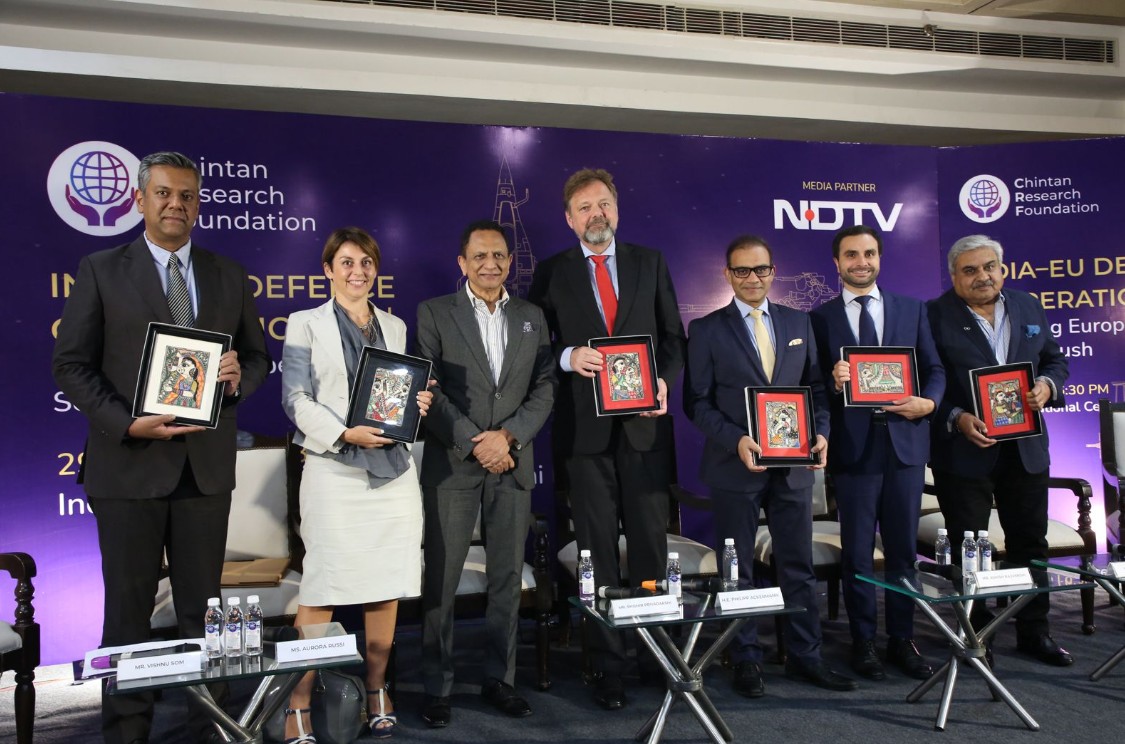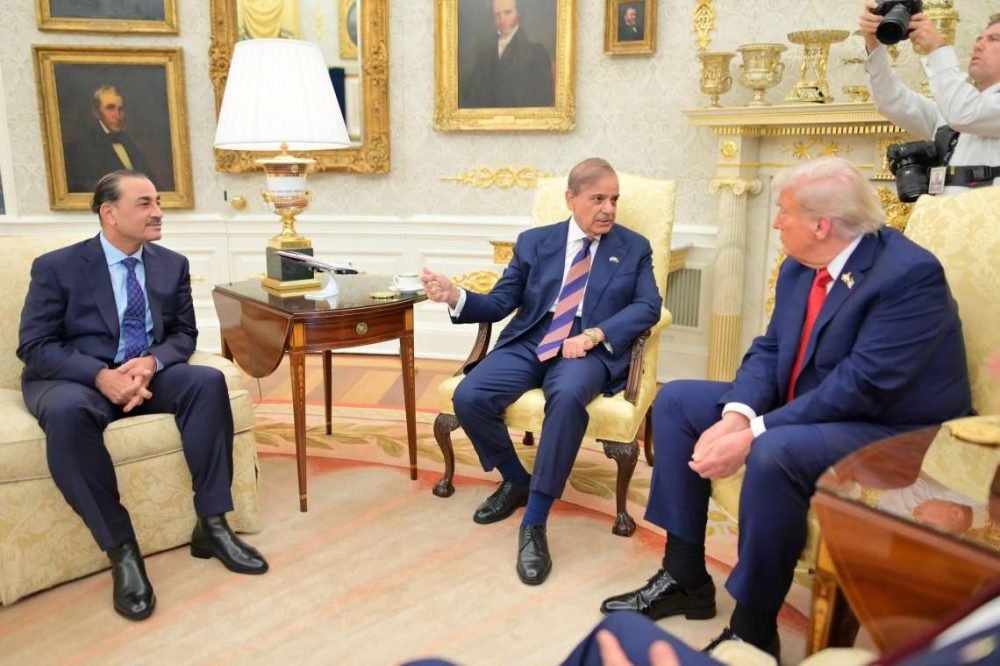A joint mission of NASA and ISRO, the Earth satellite was launched from Satish Dhawan Space Centre aboard an ISRO Geosynchronous Satellite Launch Vehicle rocket
The Indian Space Research Organisation (ISRO) launched NISAR satellite a sophisticated earth observation satellite developed in collaboration with the American space agency NASA launched from Sriharikota on Wednesday evening on its scheduled time.
A joint mission of NASA and ISRO, the Earth satellite launched from Satish Dhawan Space Centre on in Sriharikota in Andhra Pradesh India’s southeastern coast aboard an ISRO Geosynchronous Satellite Launch Vehicle rocket at 5.40 pm.
The mission was a long gestation period of over a decade and a joint investment exceeding USD 1.5 billion. NISAR launched into orbit onboard the Geosynchronous Satellite Launch Vehicle GSLV-F16. Usually, PSLV was utilised for such an orbit and this is the first time that a GSLV rocket was injecting a satellite into a Sun Synchronous Polar Orbit.
“Liftoff And we have liftoff! GSLV-F16 has successfully launched with NISAR onboard,” ISRO posted on X. The NISAR satellite weighs 2,392 kg and was placed in a sun-synchronous orbit.
It will orbit the Earth once every 97 minutes and send images of Earth’s land and ice surfaces, as well as specific portions of the ocean’s surface, every 12 days. The mission life of the satellite is expected to last five years.
Earlier today, in a post on X, ISRO said, “Launch Day has arrived for GSLV-F16 & NISAR. GSLV-F16 is standing tall on the pad. NISAR is ready. Liftoff today.” Union Minister Jitendra Singh has described the mission as not just a satellite but India’s “scientific handshake with the world.”
The unique dual-band Synthetic Aperture Radar of NISAR employs an advanced, novel SweepSAR technique, which provides high resolution and large swath imagery. NISAR will image the global land and ice-covered surfaces, including islands, sea-ice and selected oceans every 12 days, ISRO said.
NISAR mission’s primary objectives are to study land and ice deformation, land ecosystems, and oceanic regions in areas of common interest to the US and Indian science communities.
The first 90 days after launch will be dedicated to commissioning, or In-Orbit Checkout (IOC), the objective of which is to prepare the observatory for science operations, ISRO said. The first of its kind mission was to carry two different frequencies- an L and S-band. The global microwave imaging mission can acquire fully polarimetric and interferometric data.
A key feature of the mission was that all data generated by NISAR will be open source and made freely accessible within one to two days of observation, and in near real-time in case of emergencies.
This democratisation of data is expected to support global scientific research and decision-making, especially for developing countries that may not have access to similar capabilities. Union Science and Technology Minister Jitendra Singh on Wednesday hailed India’s successful launch of the GSLV-F16 rocket carrying the world’s first dual-band radar satellite, NISAR, calling it a “game changer” in precise management of disasters like cyclones and floods.
Soon after the launch, Union Minister Jitendra Singh said, “Congratulations India! Successful launch of GSLV-F16 carrying the world’s first dual-band radar satellite NISAR…a game changer in precise management of disasters like cyclones, floods etc. Also, it’s capacity to penetrate through fogs, dense clouds, ice layers, etc, makes it a pathbreaking enabler for the aviation and shipping sectors. The inputs from NISAR will benefit the entire world community…in the true spirit of ‘Vishwabandhu’.
“Proud to be associated with the Department of Space at a time when Team ISRO is registering one global milestone after the other, under the supportive patronage of PM Narendra Modi,” he further said.
The Indian Space Research Organisation (ISRO) launched the NISAR satellite a sophisticated earth observation satellite developed in collaboration with the American space agency NASA launched from Sriharikota on Wednesday evening on its scheduled time.














